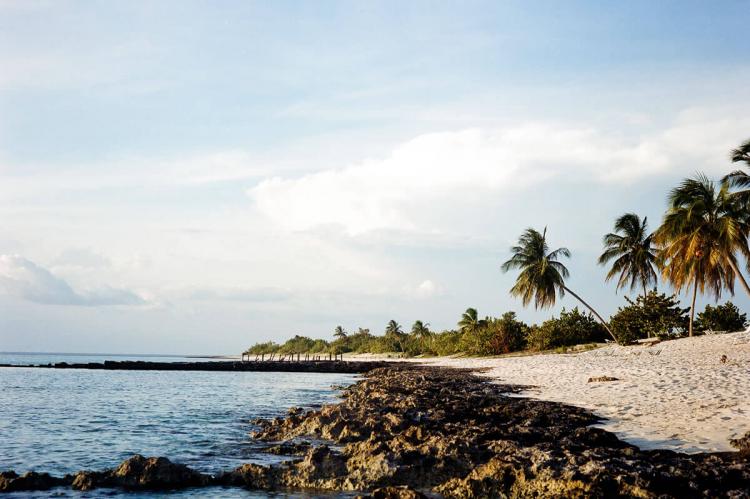Guanahacabibes: Cuba's Pristine Coastal Wilderness
Nestled in the westernmost corner of Cuba, the Guanahacabibes Peninsula is a remarkable natural treasure. It offers a glimpse into the country's rich biodiversity and unique cultural heritage. This remote and sparsely populated region is home to a National Park and a UNESCO Biosphere Reserve.
Guanahacabibes: Cuba's Pristine Coastal Wilderness
Nestled in the westernmost corner of Cuba, the Guanahacabibes Peninsula is a remarkable natural treasure. It offers a glimpse into the country's rich biodiversity and unique cultural heritage. This remote and sparsely populated region is home to a National Park and a UNESCO Biosphere Reserve, making it a prime destination for nature enthusiasts and conservation-minded travelers.
Geographical Setting
The Guanahacabibes Peninsula is situated in the Pinar del Río Province, in the municipality of Sandino. It is the westernmost point of Cuba, with Cabo San Antonio marking the furthest extremity of the island. The peninsula has a diverse landscape ranging from white-sand plains and coastal scrublands to semi-deciduous forests, mangrove wetlands, and pristine coral reefs.
Guanahacabibes National Park and Biosphere Reserve
The Guanahacabibes region, covering 39,826 hectares (98,412 acres), is protected as a national park and a UNESCO Biosphere Reserve. This dual designation recognizes the peninsula's exceptional ecological value and the importance of balancing conservation with sustainable development for the local communities.
Biodiversity and Ecological Significance
The Guanahacabibes Peninsula is a genuine biodiversity hotspot, home to remarkable flora and fauna. The region boasts 172 species of birds, 11 of which are endemic to Cuba and 84 migratory species. Additionally, four of the seven species of marine turtles found worldwide are known to inhabit the waters surrounding the peninsula.
The diverse habitats of Guanahacabibes support a rich tapestry of plant life, including semi-deciduous forests, evergreen forests, mangrove wetlands, coastal scrublands, and unique geological features such as the largest and purest fields of silica sand in Cuba. These ecosystems provide critical refuge for many species, many of which are found nowhere else on Earth.
Cultural Heritage and Archaeological Significance
The Guanahacabibes Peninsula holds significant cultural and historical importance, having served as a refuge for the indigenous Guanahatabeyes people, who fled from Spanish conquistadors. The region is home to over 140 archaeological sites, offering a glimpse into the lives and traditions of these early inhabitants.
Conservation Challenges and Efforts
Despite its ecological and cultural significance, the Guanahacabibes Peninsula faces various conservation challenges, including threats from unsustainable fishing practices, illegal logging, and climate change impacts. In response, the Cuban government and local conservation organizations have implemented various initiatives to protect the region's natural resources and support sustainable development for the local communities.
Ecotourism and Nature-Based Activities
The Guanahacabibes Peninsula has become a prime destination for nature-based tourism, with visitors drawn to the region's diverse outdoor activities. From scuba diving and snorkeling in the pristine coral reefs to hiking through the lush semi-deciduous forests, the peninsula offers many opportunities for exploration and adventure.
Conclusion
The Guanahacabibes Peninsula is a true gem of Cuba's natural heritage, where the country's rich biodiversity and cultural legacy converge in a breathtaking coastal wilderness. As we work to protect and preserve this unique and irreplaceable region, it is essential that we recognize its global significance and commit to its long-term sustainability, ensuring that future generations can continue to marvel at the wonders of Guanahacabibes.
